Have you ever wondered why that vibrant red dress appears slightly different to you and your partner? It’s not just a matter of taste; science shows that men and women actually perceive colors in distinct ways. This fascinating phenomenon isn’t just a topic of casual conversation but a subject of extensive scientific research.
The differences in color perception between genders can be attributed to various factors, including genetics and the unique structure of the eye. These subtle yet significant differences influence not only personal preferences but also how each gender interacts with the world. Let’s dive into the science behind why men and women see colors differently, shedding light on this colorful mystery.
Understanding Color Perception
Biological Differences
When it comes to understanding why men and women see colors differently, it’s crucial to start with the basics of biology. The human eye contains photoreceptor cells known as cones and rods, which play pivotal roles in color vision. Cones are responsible for color vision and are predominantly sensitive to red, green, or blue light. Research shows that genetic differences lead to variations in the cone cells between genders, significantly affecting color perception.
Women typically have a wider range of cone cell distributions, making them more sensitive to color variations. This biological advantage allows them to perceive colors in a way that’s more vibrant and varied than men. On the other hand, men might not differentiate between shades of colors as effectively as women do, potentially due to fewer cone cells or differences in cone cell sensitivity. This fundamental difference is not just about visual acuity but also about how men and women process and interpret the world around them visually.
Evolutionary Factors
The evolutionary perspective offers another layer of understanding into the divergent color perception between genders. Some theories suggest that these differences have roots in the roles that prehistoric men and women played in society. Historically, men were hunters, necessitating a focus on detecting movement and identifying shapes, which may explain a lesser emphasis on color differentiation. Conversely, women, who traditionally gathered fruits and vegetables, developed a keener sense of color to identify ripe and unripe plants.
This evolutionary adaptation could have led to the enhancement of color perception in women over thousands of years, making them more attuned to nuances in hues than men. Such a theory adds a fascinating dimension to our understanding of gender differences in color perception, highlighting how ancient roles could influence modern sensory abilities.
By exploring both the biological and evolutionary factors, it’s clear that the reasons behind why men and women see colors differently are deeply rooted in a complex interplay of genetics, evolution, and perhaps even cultural conditioning.
How Men See Color
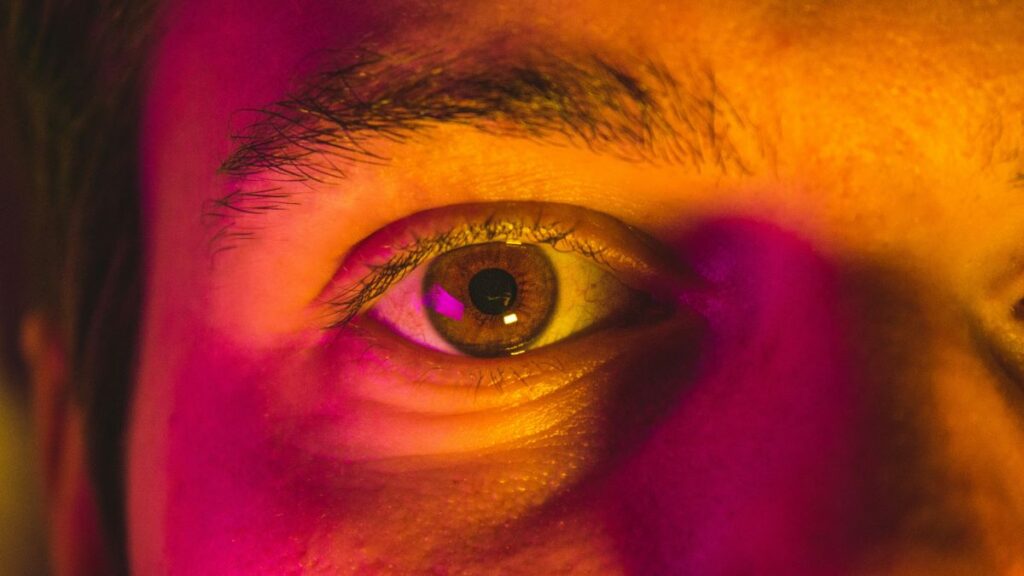
Men’s color perception significantly differs from women’s, influenced by both physiological and genetic factors. Understanding how men see color reveals insights into broader differences in visual perception between genders.
Color Vision Studies
Research into color vision has shown men often have a narrower range of color perception compared to women. Color vision studies highlight that men are more likely to experience some form of color vision deficiency. Studies indicate approximately 8% of men struggle with some form of color blindness, particularly red-green color blindness, contrasted with less than 1% of women. This difference is primarily due to the way color vision genes are passed down through the X chromosome. Since men have only one X chromosome, a single flawed gene significantly impacts their color vision.
Impact of Genetics
The genetic blueprint of color vision rests heavily on the X chromosome. Men inherit their only X chromosome from their mothers, while women inherit X chromosomes from both parents. This singular inheritance pattern for men means that any mutations affecting the X chromosome have a direct impact on their color vision. Variations in the OPN1MW and OPN1LW genes, which encode for the green and red cone photopigments in the eye, can lead to color vision deficiencies. These photopigments are crucial for distinguishing colors along the red–green axis, explaining why disruptions in these genes often lead to red–green color blindness in men.
The role of genetics in color perception underscores the complexity of how we see and interpret the world around us. For men, the genetic lottery of the X chromosome plays a decisive role in not just how vividly they see colors but also how they navigate color-dependent tasks and activities.
How Women See Color
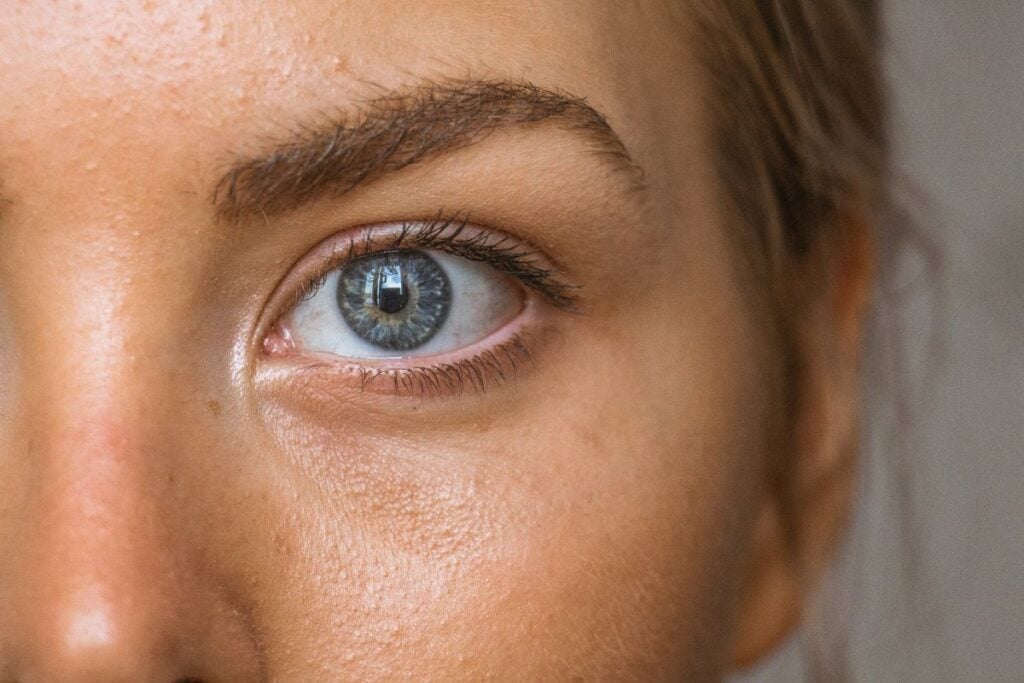
Understanding how women perceive color sheds light on the nuances of human vision and highlights the intricate relationship between genetics, physiology, and environmental factors. Unlike men, women often have a broader spectrum of color perception, which is influenced by both biological and genetic components. This section delves into the studies surrounding color perception in women and explores the role of hormones in shaping their color vision.
Color Perception Studies
Recent studies have provided fascinating insights into how women perceive color. Women generally recognize more shades of color than men, particularly in the red–orange–yellow spectrum. This ability is partly due to the female X chromosome, which carries genes responsible for color vision. Since women have two X chromosomes, they are less likely to suffer from color vision deficiencies, a contrast sharply distinct when compared to their male counterparts.
| Statistic | Detail |
|---|---|
| Women with Enhanced Color Vision | 50% more likely to distinguish color variations |
| Prevalence of Color Blindness in Men | Up to 8% affected |
| Prevalence of Color Blindness in Women | Less than 1% affected |
Studies suggest that some women may have a fourth type of cone cell in their eyes, allowing them to see a wider array of colors. This phenomenon, known as tetrachromacy, is believed to enhance color perception beyond normal human capabilities.
Influence of Hormones
Hormones also play a critical role in modulating color perception among women. Estrogen, in particular, seems to influence how colors are perceived, making them appear more vivid. During certain times of their menstrual cycle, women report a heightened sensitivity to color, suggesting that hormone levels directly impact visual perception. Research is ongoing, but initial findings indicate fluctuating estrogen levels could sharpen color discrimination abilities, making some colors seem more intensified.
This hormonal impact on vision is not just limited to color perception. It also extends to variations in visual performance, including depth perception and visual acuity, throughout the menstrual cycle. This interplay between hormones and vision underscores the complexity of how we perceive the world around us and highlights the unique aspects of female visual perception.
Conclusion
Understanding the differences in color perception between men and women sheds light on the fascinating interplay of genetics, hormones, and environment. The presence of a potential fourth cone cell in some women, alongside the impact of estrogen on color vividness, underscores the complexity of human vision. This knowledge not only enriches our comprehension of visual perception but also highlights the importance of considering gender differences in fields ranging from design to healthcare. As research continues to unravel the mysteries of our senses, it’s clear that the way we see the world is as unique as we are.

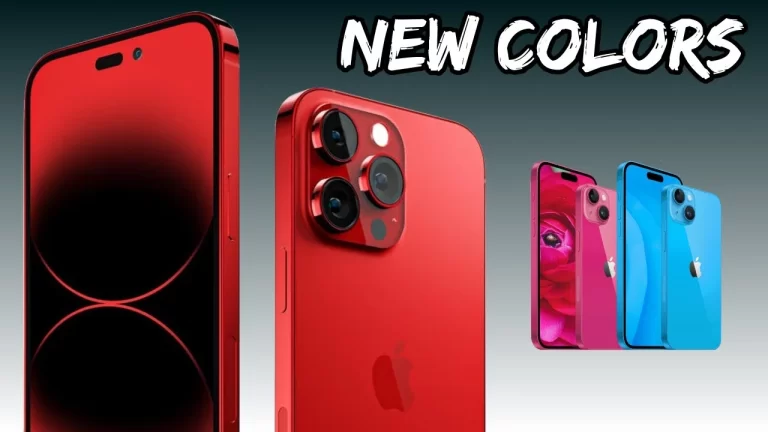

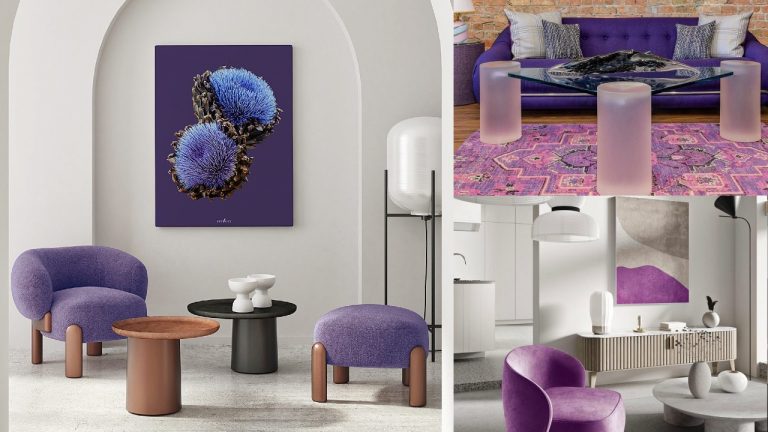

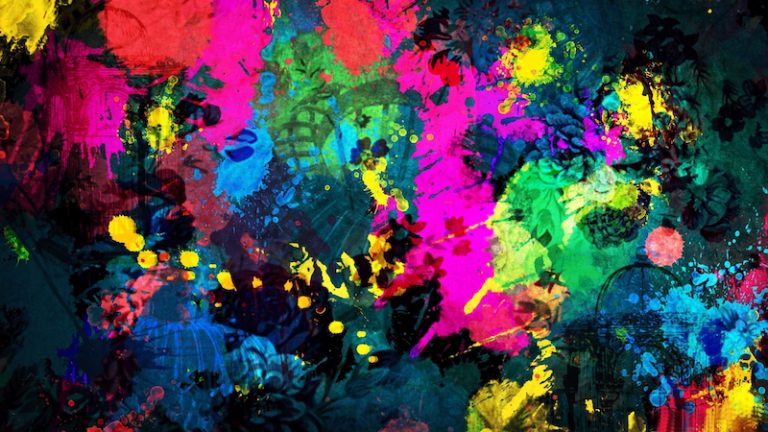

This seems like it’s far more nurture based than nature, as women are typically taught to think more about color due to traditional views on men and women. Saying “green” doesn’t necessarily mean the individual can’t distinguish them, more that they just don’t have a point of reference to refer to that specific shade.
More studies need to go into that aspect imo.
It’s not that we (men) can’t tell the subtle differences in shades or hues; we just don’t care and are annoyed by time, indecision, and weight put on picking a pallet for the house, or even a single room within the house.
Good answer.